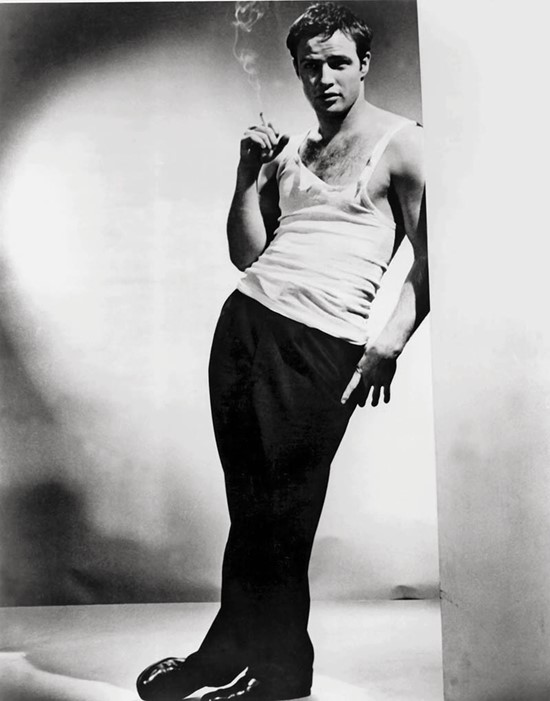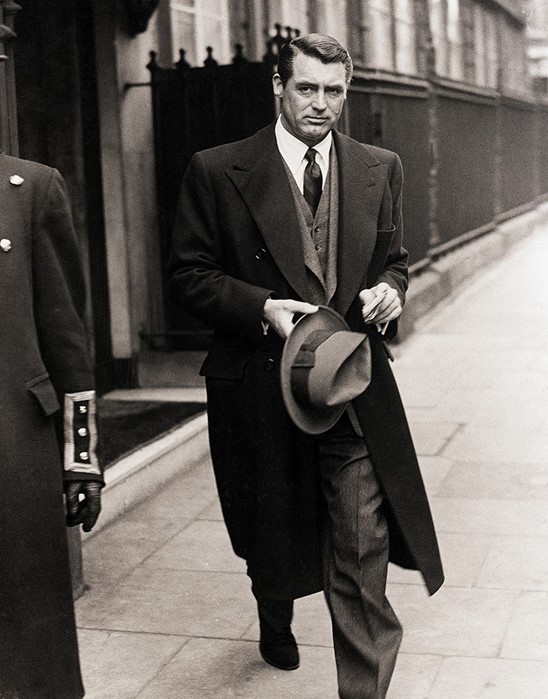A new book dissects the inimitable style of Hollywood's greatest stars
In his introduction to The Killer Detail, Azzadine Alaïa writes: “Artists have always inspired me and made me dream. The fashion world tries to catch up with them: their creativity, brilliance, and even their sense of humor have continually fuelled street style. We, the designers, who race against the breakneck pace of fashion, can (almost) never compete!”
Throughout the twentieth century, a newfound fascination with photography and film meant that the influence of sartorial sages could be spread far and wide. A new book looks at those famous few, whose decision to wear something ‘just so’ went on to dramatically alter the fashion landscape. The Killer Detail presents iconic fashion moments from 126 of these doyens and dignitaries – everyone from Dolly Parton to Marguerite Duras, Frida Kahlo to Kate Moss, Sophie Loren to PJ Harvey, Frank Sinatra to Marvin Gaye. With classic shots accompanied by detailed notes, their style statements are dissected and discussed for their wider significance.
Below, a few excerpts from The Killer Detail, written by François Armanet and Élisabeth Quin:
Elvis in a cable-knit sweater
“This pine-green sweater... cable-knit... would be copied in its thousands by his fans. Worn, like him, with the collar turned up, of course: just like Elvis also wore his shirts. Elvis loved clothes, and he loved mixing them up. For his first audition at Sun Studios he turned up in white nubuck shoes, black shirt, and pink pants, a daring favorite color at a time when no man would risk it and later the color of his Cadillac... Later, on stage he’d give free rein to his passion: wide, ornate belts, scarves, bracelets, a whole hardware store with, in pride of place, the ring he’d had engraved with TCB (Taking Care of Business), featuring an 11.5-karat solitaire diamond surrounded by brilliants.”

Elizabeth Taylor in a leopard-print bathing suit:
“Liz poses like a calendar girl... and the leopard-print swimsuit – no doubt designed by her friend Frederick Mellinger, founder of Frederick’s of Hollywood – underlines the message... By showing off her baby swaddled in leopard-print fabric, Liz Taylor, who had suffered so much at being treated like a doll by her own mother, launched, with a steely humor, a tradition of which the ‘Brangelina’ Jolie-Pitt tribe is the most recent example: displays of trophy children, mini-me’s produced to heighten the reputation of their star parents.”

Marlon Brando in a T-Shirt:
“One of the minor, yet enduring, myths of the twentieth century is the association of the short-sleeved T-shirt with Marlon Brando. As feline, seductive, and stunning as a god, the young Brando made the T-shirt his favorite item of clothing in the 1950s. In a simple T-shirt, Brando is handsome as a prince. In an A-shirt (also called a tank top in the US and a singlet elsewhere), he’s Stanley Kowalski, the violent, complex, working-class antihero he played in A Streetcar Named Desire. “Now just remember what Huey Long said – that every man’s a king – and I’m the king around here, and don’t you forget it!”
"As feline, seductive, and stunning as a god, the young Marlon Brando made the T-shirt his favorite item of clothing"

Katharine Hepburn in platform sandals:
“Inspired by sixteenth-century Venetian chopines, whose platforms could be as high as twenty inches, the platform heel was developed by Salvatore Ferragamo in 1937. Can you imagine this wonderful, statuesque girl perched on common stilettos, like any old pinup? It’s not only impossible, it would be too unequivocally feminine. The platform heel is a well-thought-out compromise between sensuality and practicality, between conquering sexuality and advanced intelligence. Hepburn... pushed back the boundaries and upset gender stereotypes... From the 1930s, the cross-dressing star of Sylvia Scarlett mixed up archetypes and developed female attributes like no other actress before her.”

Cary Grant in a Savile Row suit:
“The collar of his white shirt follows the lines of the waistcoat of his three-piece suit. His Chesterfield overcoat... without any kind of belt, with set-in sleeves (not raglan), and with perfectly proportioned lapels, possesses suitable fullness and length, falling below the knee. Its anthracite color harmonizes with the cloth of the suit and the hat, a felt trilby (ribbon bow worn on the left, of course)... So where’s the killer detail? You guessed it: nowhere. The silhouette brings together a sense of composure, insolence, and detachment.”
The Killer Detail is out now, published by Flammarion.
Text by Ananda Pellerin
